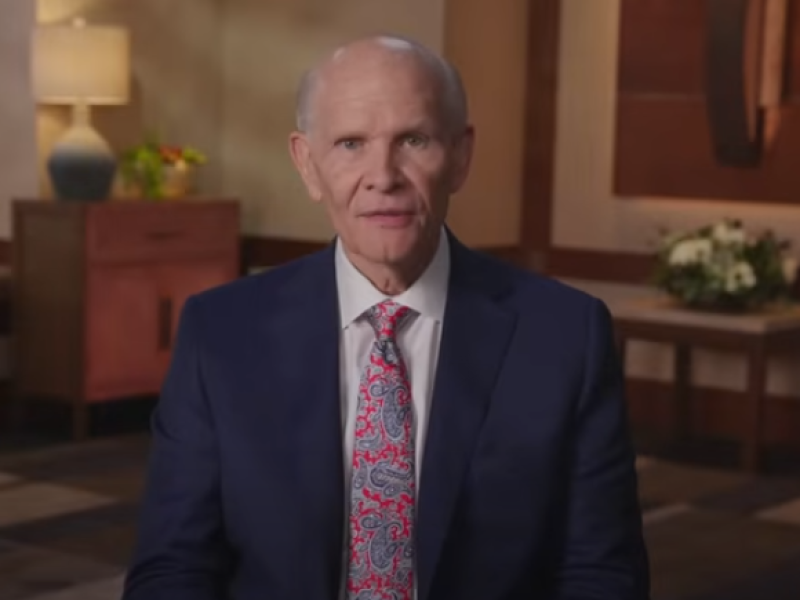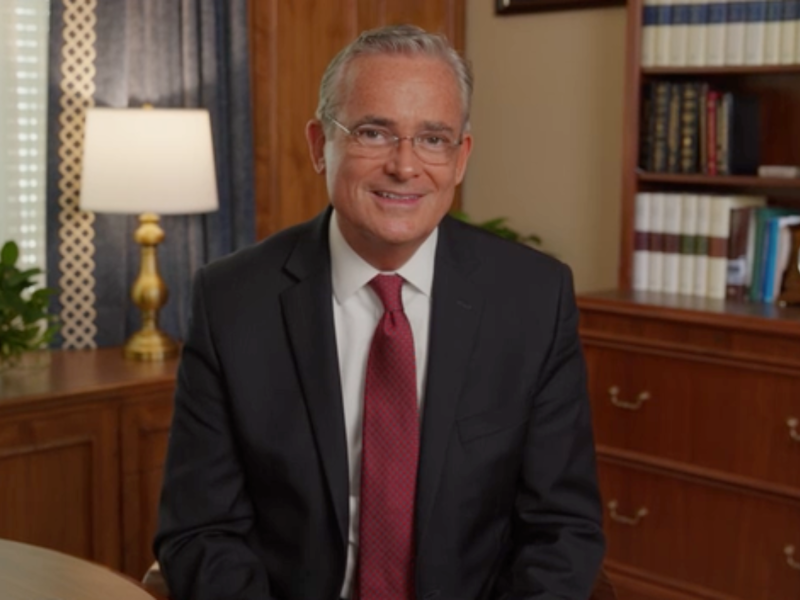We made it to the end of the year studying the Doctrine and Covenants, a book of questions and answers. At the beginning of 2025 we set out to A.S.K. (Always Seeking more Knowledge), so how did you do? Did you feel your relationship with Christ strengthen through receiving answers? We hope so, and we brought on a family of guests today to share some of their favorite Doctrine and Covenants scriptures that have brought them through times of good and times of trial. Happy Holidays from the Sunday on Monday podcast, and we’ll see you again for the Old Testament.
There have been six official proclamations in the 195 year history of the Church of Jesus Christ of Latter-day Saints, and this year is the 30th anniversary of The Family: A Proclamation to the World. On today's episode we are talking with church historians about all six, what they meant for the saints at the time, and what it means when there is a proclamation issued. And even though some are almost 100 years old we will ask what eternal truths can be learned from their words.
In the very back of the Doctrine and Covenants you will find Official Declaration 1 and Official Declaration 2. Todays discussion will talk about what a declaration means and how they set the pattern for continuing revelation. As the ninth Article of Faith says: "We believe that [God] will yet reveal many great and important things pertaining to the Kingdom of God.
This is an episode of jubilation, a real jubilee we are all invited to attend. So what are we celebrating? Doctrine and Covenants sections 137–138 answers that question and reminds us it is a celebration we won’t want to miss. The jubilee has its roots in Old Testament doctrine and has been going on for a very long time.
On June 27, 1844 Joseph Smith and Hyrum Smith were shot in Carthage jail. A new section of the Doctrine and Covenants was added just in time for the 1844 publication including a memoriam to their martyrdom. What is now Section 135 has those words from the prophet’s friends announcing the death as a seal to the testimony of the Book of Mormon and Doctrine and Covenants.
Jesus is coming, look busy could be seen as the theme to Doctrine and Covenants 133. Near the same time that Section 1 was revealed as a preface to the Book of Commandments, Joseph Smith received Section 133 as an appendix. These closing words to the saints are focused on the coming of Christ and what we need to do to prepare.
God’s goal for His children is to see us with Him again. That eternal life is best described in John 17 and Doctrine and Covenants 132 as “knowing” God. This week’s Come, Follow Me lesson teaches sacred truths restored through Joseph Smith that allow us to know God and bring ourselves closer to Him—in this world and the world to come.
The doctrine of baptism for the dead is one of the ways we are welded together with our ancestors. Doctrine and Covenants 125–128 contains letters from Joseph Smith to the saints where his mind was on this eternal topic. And the people of the church reacted immediately to participate with gladness in this ordinance.
Persecution in Missouri led the early saints to the swamplands of Illinois, and over a year had passed since the last recorded revelation from the Lord. Doctrine and Covenants 124 is a message to the free saints making their way in a new community. It contains blueprints for the important buildings their growing town needs, and instructions for their lives.
Elder Renlund first suggests making sure we are doing what God has asked of us and “not something extra that we impose on ourselves.”
1 Min Read
Elder Kearon believes this truth “can console all of us.”
1 Min Read
These resources can help any family dive deeper into the Doctrine and Covenants in 2025.
1 Min Read
God wants to commit responsibilities to each of us. They come in church callings or personal promptings to share His gospel. We show our commitment by choosing to magnify those callings from God. Doctrine and Covenants 27–28 discuss committing to God and warn about what it looks like when that commitment is in the wrong place.
What makes your heart sing? Where do you turn when you want to be closer to the Spirit and feel God’s love? Maybe it’s art, books, or a literal song. In this week’s reading of Doctrine and Covenants 23–26, the Lord says his soul “delighteth in the song of the heart” in an important revelation. And we’ve built you a perfect playlist to go along with it.
Scholars have described the Whitmer home as a “celebrated dwelling place.” It is where the first conference was held, the Church was organized, and the revelation we are discussing this week was received. Doctrine and Covenants 20–22 describe the order in which God keeps His house, and as we study these sections, we can explore how to make our homes celebrated Christlike dwelling places.
Doctrine and Covenants 19 is an account of our Savior, Jesus Christ telling us about His own personal suffering from His perspective. It is a deeply personal section–deeply personal for Martin Harris who it is directed towards and deeply personal for all of us who need a reminder of what Christ did. But no matter who we are, the Atonement of Christ is the answer when we are asking questions.
Doctrine and Covenants section 18 contains many eternal truths that have been immortalized in song. By the end of this week’s study you’ll be able to remember that the worth of souls is great, your joy will be great with those you love, and faith, hope, and charity are great attributes to strive for. And hopefully when doubts or struggles come, this music can be there can bring the spirit and remind you that you are God’s favorite.
Doctrine and Covenants 12–17 are about this great and marvelous work we call the restoration of the Gospel of Jesus Christ. With regards to our time in this ongoing restoration process, President Nelson encouraged us to take our vitamins because we all have a great work to do.






